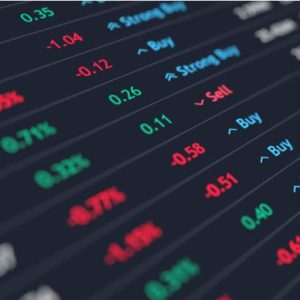The introduction of Lydian coinage around 600 BC marked a major turning point in economic trade. Thanks to Croesus and the electrum of the Pactole River, currency became a universal tool facilitating trade and contributing to the prosperity of civilizations. Greeks and Romans adopted this system, which is the basis of modern economy. Then, over the centuries, this currency will undergo two metamorphoses that will lead to its dematerialization. Paper money, bills of exchange, was created at the end of the 10th century in Song Dynasty China, then democratized during the Crusades and by the first Italian bankers, creating the first international payment networks. With the rise of bank accounts in the 20th century, the last transformation of money was complete: money became a mere entry in a ledger.
Currency in all its forms meets three fundamental characteristics. It is a unit of account, an instrument of exchange and a store of value. A fourth characteristic can be added: it constitutes a political and social symbol and creates a sense of belonging to a community.
So what about crypto-assets, the ultimate symbol of dematerialization, going so far as to suppress central banks and the trust that goes with it? The authors, in a very educational and documented way, present these different dreams of anti-state “currency”, but also stable coins and the new digital currencies of central banks and the fierce competition between all these assets.
But whether “fiat” or digital, two currencies stand out as the two main reserve currencies, the US dollar and the euro. But there is an asymmetry in favor of the dollar, which remains the privileged currency of international trade and which benefits from the famous extraterritoriality. Therefore, a “de-dollarization” is trying to be put in place with the use of new financial instruments promoted by the BRICS as well as massive purchases of gold to bypass the dollar. What future for this dedollarization, what influences on globalization, the weight of the Yuan, what limits? For Ch. De Boissieu and M. Schwartz, the most likely hypothesis is that we will move towards an economic and financial triad in which the euro and yuan will gain credibility but where the dollar will continue to be the preferred currency.
Finally, the authors focus on the development of a qualitative theory of money, which is necessary, among other things, but above all, for the financing of the energy transition. Because these very long-term financings with a rather uncertain profitability, which, moreover, arrive in a context of high public and private indebtedness, will require a paradigm shift with savers favoring the quality of the asset over its quantity. With this approach, currency will not be reduced to its exchange rate, but it will have to embody a social political role associated with this quality.
Christian de Boissieu is Professor Emeritus at Paris Panthéon Sorbonne, Vice-President of the Cercle des Economistes. Marc Schwartz is CEO of Monnaie de Paris, and Senior Advisor at the Court of Auditors.
note by Ph Alezard






